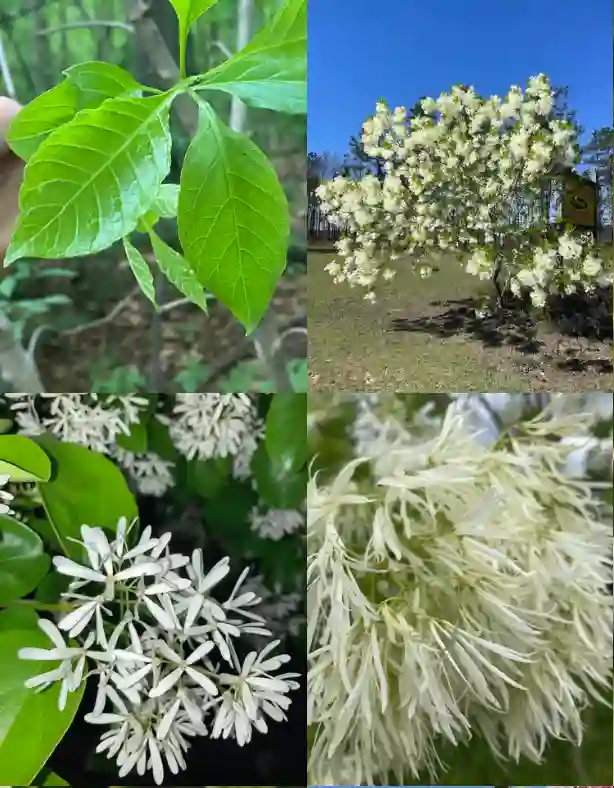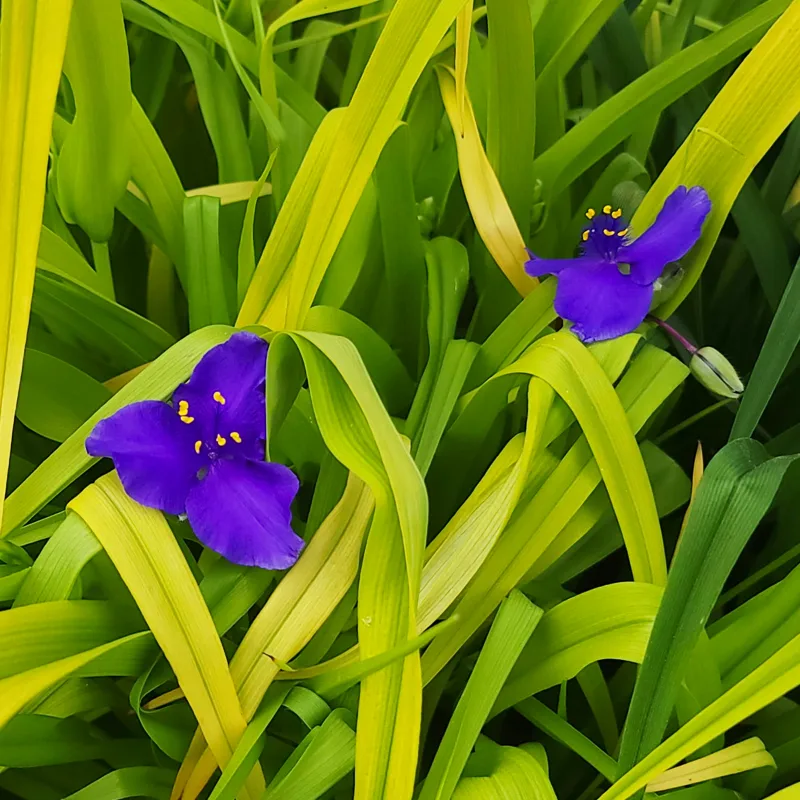The Cheerful Charm of Heliopsis: A Sunflower’s Lesser-Known Cousin
My name is Ferb Vu, and I’ve always been drawn to the vibrant hues of summer gardens. While roses and lilies often steal the show, there’s a certain understated beauty in the cheerful yellow blooms of the Heliopsis genus from the Asteraceae family. These North American natives, often referred to as ox-eye sunflowers or false sunflowers, bring a touch of sunshine to any landscape.
I first encountered Heliopsis while wandering through a local wildflower meadow. Their bright, daisy-like flowers, perched atop sturdy stems, immediately caught my eye. Unlike their towering sunflower relatives, Heliopsis plants maintain a more manageable size, typically reaching between three to five feet tall. This makes them perfect for adding a pop of color to borders, cottage gardens, or even container plantings.
A Diverse Genus with Sunny Dispositions
The Heliopsis genus boasts a diverse range of species, each with its own unique characteristics:
- Heliopsis helianthoides: This species, commonly known as the smooth ox-eye, is the most widespread and serves as the parent for many cultivated varieties. It features bright yellow flowers with a dark brown central disk. Plant FAQs: Heliopsis Helianthoides
- Heliopsis longipes: Also known as the long-stemmed ox-eye, this species is notable for its exceptionally long flower stalks, making it a popular choice for cut flower arrangements.
- Heliopsis parvifolia: This species, the small-leaved ox-eye, is characterized by its smaller leaves and more compact growth habit, making it suitable for smaller gardens or rock gardens.
- Heliopsis annua Hemsl.
- Heliopsis anomala (M.E.Jones) B.L.Turner
- Heliopsis buphthalmoides (Jacq.) Dunal
- Heliopsis decumbens S.F.Blake
- Heliopsis filifolia S.Watson
- Heliopsis gracilis Nutt.
- Heliopsis lanceolata S.F.Blake
- Heliopsis novogaliciana B.L.Turner
- Heliopsis parviceps S.F.Blake
- Heliopsis procumbens Hemsl.
- Heliopsis sinaloensis B.L.Turner
- Heliopsis suffruticosa Ram.-Noya & S.González
Easy Care for Abundant Blooms
One of the reasons I admire Heliopsis is their resilience and low-maintenance nature. These plants thrive in full sun but can tolerate partial shade, making them adaptable to various garden conditions. They prefer well-drained soil but are not particularly fussy about soil type. Once established, Heliopsis are relatively drought-tolerant, requiring watering only during extended dry periods.
To encourage bushier growth and more abundant blooms, I like to pinch back the tips of the stems in early summer. This simple technique promotes branching and results in a more compact and floriferous plant. Deadheading spent flowers also helps to prolong the blooming period and prevents unwanted self-seeding.
Attracting Pollinators and Beneficial Insects
Beyond their ornamental value, Heliopsis plants play an important role in supporting pollinators and beneficial insects. Their bright flowers act as beacons, attracting bees, butterflies, and other pollinators to the garden. These insects, in turn, help to pollinate other plants, contributing to the overall health and biodiversity of the ecosystem.
I’ve noticed a significant increase in pollinator activity in my garden since I introduced Heliopsis. It’s rewarding to observe bees buzzing around the cheerful yellow blooms, collecting nectar and pollen. Knowing that these plants contribute to the well-being of these essential creatures adds another layer of appreciation for their presence in my garden.
A Symbol of Joy and Resilience
For me, Heliopsis represents more than just a beautiful flower. It symbolizes joy, resilience, and the ability to thrive even in challenging conditions. Their cheerful blooms bring a smile to my face and remind me to appreciate the simple pleasures in life.
Whether you’re a seasoned gardener or just starting out, I highly recommend adding Heliopsis to your garden. Their easy care, long blooming period, and ability to attract pollinators make them a valuable addition to any landscape. So, embrace the sunny disposition of these cheerful plants and let them brighten your garden and your day.
If i die, water my plants!



